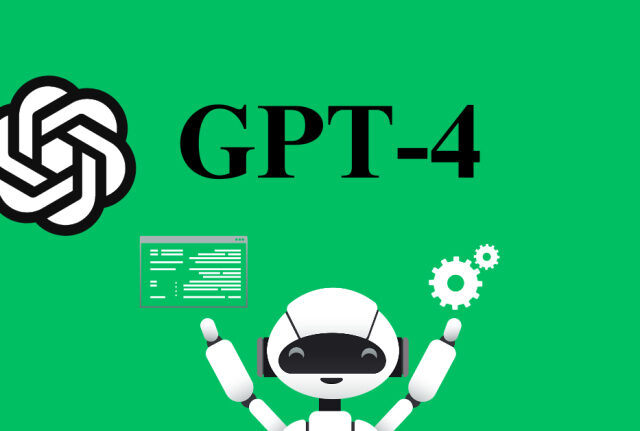What Is New In chatGPT-4?

Introduction
Artificial Intelligence (AI) has revolutionized the way we interact with technology. One such advancement is the development of chatbots. These computer programs use natural language processing (NLP) to simulate human conversation, providing users with an interactive and personalized experience. chatGPT-4, the latest iteration of the chatbot series, takes this technology to the next level. In this article, we will explore what chatGPT-4 is, what it can do, and how it differs from GPT-4.
What is chatGPT?
ChatGPT is a chatbot powered by the GPT (Generative Pre-trained Transformer) architecture. Developed by OpenAI, chatGPT is trained on vast amounts of text data to simulate human-like conversation. It uses NLP to analyze and understand human language and respond in a way that feels natural.
What is Artificial Intelligence?
Artificial Intelligence is the simulation of human intelligence processes by machines, especially computer systems. It involves the development of algorithms and models that allow computers to perform tasks that usually require human intelligence, such as problem-solving, decision-making, and language understanding.
What can chatGPT do?
ChatGPT can do a variety of tasks, including answering questions, providing recommendations, and generating text. It can also hold engaging conversations with users, making it ideal for customer service, virtual assistants, and entertainment purposes.
What is new in chatGPT-4?
ChatGPT-4 is the latest version of the chatbot series, and it comes with several new features. It has a more comprehensive understanding of human language and can hold more engaging conversations. It also has an improved ability to generate text, making it ideal for content creation and writing assistance.
How is GPT-4 different from chatGPT?
GPT-4 is a language generation model that is not specifically designed for chatbot applications. It is intended to create written content, including articles, stories, and news reports. ChatGPT, on the other hand, is specifically designed for conversational purposes, making it ideal for chatbots, virtual assistants, and customer service applications.
How does chatGPT work?
ChatGPT works by analyzing human language and generating responses that feel natural and engaging. It does this by using a deep learning model that is trained on vast amounts of text data, allowing it to understand and mimic human language patterns.
Examples of what chatGPT-4 can do
ChatGPT-4 can do a variety of tasks, including answering questions, providing recommendations, and generating text. It can also be used for content creation, writing assistance, and chatbot applications. Some potential examples include: Providing personalized product recommendations to online shoppers. Assisting with customer service inquiries. Generating content for social media posts and blog articles. Serving as a personal virtual assistant.
Examples of how to make money using chatGPT
There are several ways to make money using chatGPT, including: Offering chatbot development services to businesses and organizations. Creating and selling chatbot templates and plugins. Offering content creation and writing services using chatGPT-4.
Will chatGPT replace jobs?
While chatGPT and other AI technologies may automate some tasks traditionally done by humans, they are unlikely to replace jobs entirely. Instead, they will likely create new job opportunities in industries such as AI development, chatbot creation, and content creation. Additionally, chatGPT can improve productivity and efficiency, freeing up time for humans to focus on more complex and creative tasks.
Conclusion
ChatGPT-4 is the latest advancement in AI-powered chatbots, providing users with an engaging and personalized experience. Its ability to analyze and understand human language and generate natural-sounding responses makes it ideal for a variety of applications. While it may not replace jobs entirely, it has the potential to create new job opportunities and improve productivity in many industries. As AI continues to advance, we can expect to see even more exciting developments in chatbot technology.






Hello, I appreciate your writing very much. Could we please discuss your article on AOL further? I am in need of a specialist in this field to resolve my problem. Perhaps you are that individual. I look forward to seeing you.